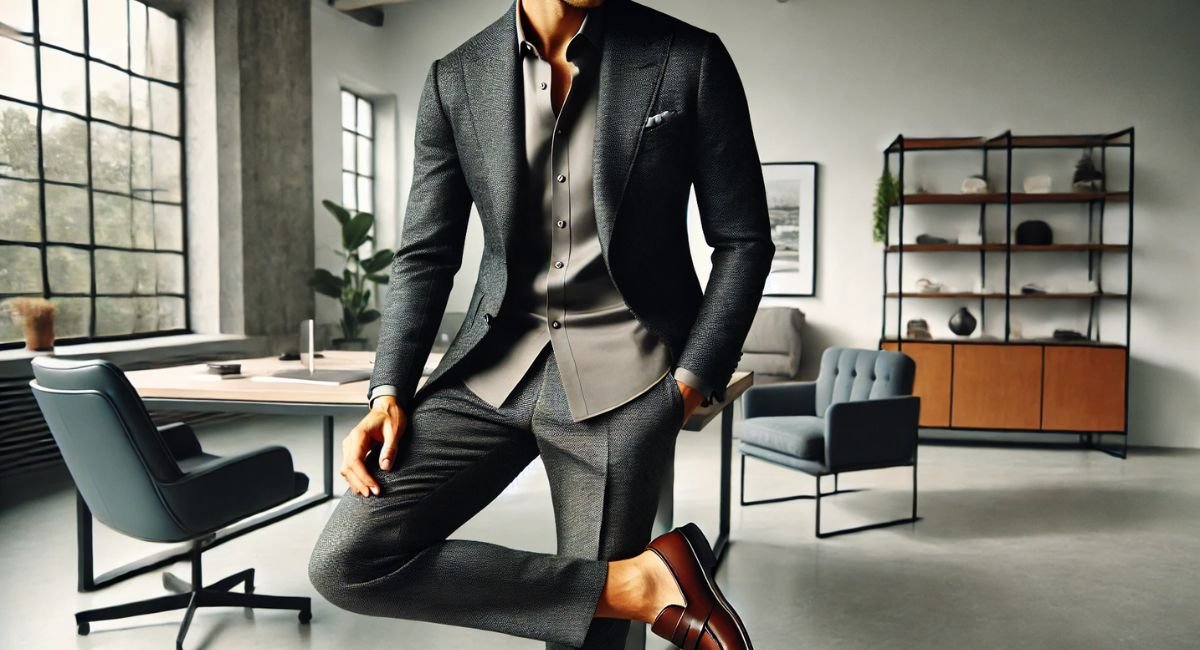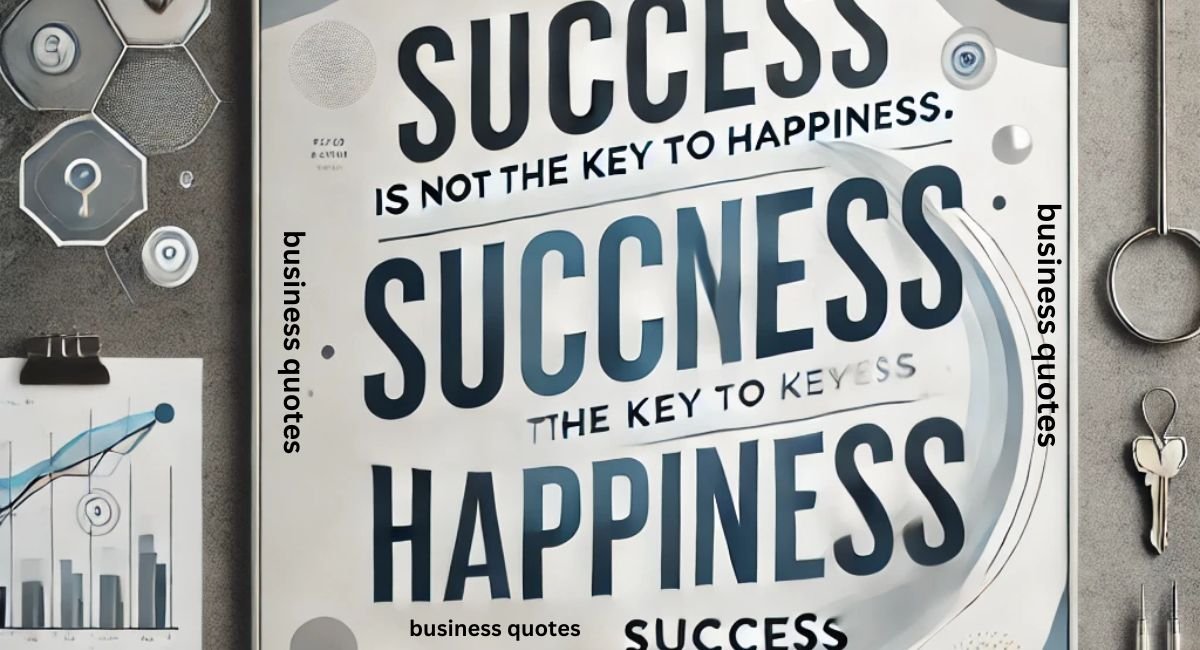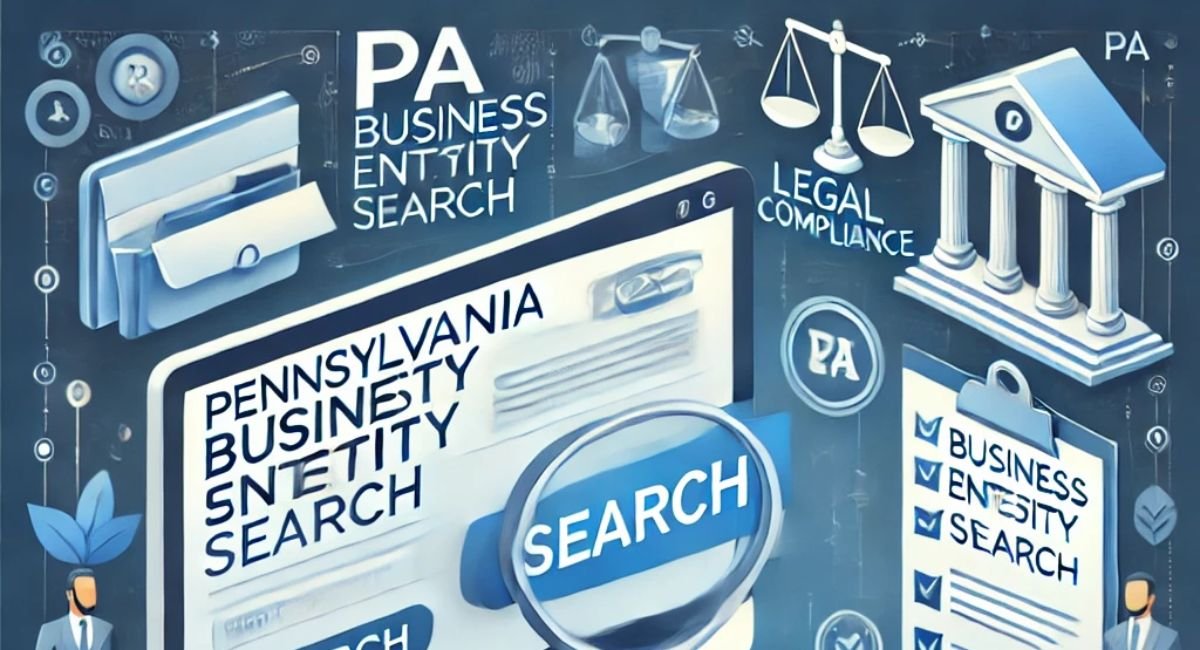Business casual men is more than just a dress code; it’s a lifestyle. As modern workplaces evolve, the traditional suit and tie are giving way to more relaxed yet polished looks that embody professionalism while maintaining comfort. Navigating the nuances of business casual attire can be tricky, but with the right approach, it’s possible to create a versatile wardrobe that transitions seamlessly from the office to after-hours events.
Whether you’re new to the concept of business casual or looking to refresh your wardrobe, this guide will provide the essential insights to help you master the art of business casual fashion.
Understanding Business Casual Men Attire
Business casual men outfits have become a go-to for many workplaces, replacing the more formal suit-and-tie uniform. But what exactly does it mean? At its core, business casual is a blend of professional and comfortable attire. It’s a step down from formal wear but still polished enough to make a good impression.
This type of dress code varies by industry and company culture. While some workplaces lean more toward the casual side with chinos and polo shirts, others may expect collared shirts, dress pants, and blazers. Understanding the flexibility and guidelines within your specific environment is key to nailing the business casual look.
Essential Pieces of Business Casual Men Outfits
Building a business casual wardrobe starts with a few staple pieces that are both versatile and stylish. These items should strike the perfect balance between relaxed and refined. Let’s explore some of the must-haves for business casual men.
Blazers
A well-fitted blazer is a cornerstone of any business casual outfit. It elevates even the simplest ensemble and provides that professional touch without going overboard. Opt for neutral colors like navy, grey, or charcoal for versatility. A good tip is to choose unstructured blazers for a more relaxed fit, which enhances comfort without sacrificing style.
Button-Down Shirts
Crisp button-down shirts are essential in any business casual wardrobe. Stick to solid colors like white, light blue, or pastels for a classic look, but don’t shy away from subtle patterns like checks or stripes for added personality. Ensure your shirts are well-ironed and fit properly to maintain a polished appearance.
Chinos and Dress Pants
Chinos offer a perfect middle ground between formal and casual. They’re comfortable, stylish, and can be paired with almost anything. Stick to neutral colors such as khaki, navy, or black for versatility. Dress pants are also a must for those days when you need to dial up the professionalism slightly. Look for slim or straight cuts that complement your body shape.
Polo Shirts and Knitwear
In less formal environments, polo shirts or knit sweaters can provide an excellent business casual option. They add an element of comfort while still looking sharp. Choose materials like cotton or wool blends that feel great against the skin and offer a clean finish.
Shoes
Footwear is a critical element of business casual men attire. Aim for leather shoes like loafers, brogues, or derby shoes in brown or black. For a more relaxed vibe, leather sneakers can also work if your office permits. The key is to keep them clean and polished to maintain that professional edge.
The Do’s and Don’ts of Business Casual
Mastering business casual isn’t just about picking the right clothes; it’s about understanding how to wear them and what to avoid.
Do Focus on Fit
The most important rule in dressing well is fit. Even the most expensive clothes can look sloppy if they don’t fit properly. Make sure your trousers aren’t too long or too short, your shirts aren’t too tight, and your blazers fit well across the shoulders.
Don’t Wear Too Many Accessories
While it’s okay to add a personal touch to your outfit, over-accessorizing can take away from the polished business casual look. Stick to classic pieces like a quality watch or a belt that matches your shoes. Avoid flashy jewelry or loud patterns.
Do Layer Smartly
Layering is an excellent way to add depth and dimension to your business casual attire. Think about wearing a smart blazer over a lightweight sweater or a button-down shirt. Make sure each piece works together to maintain a cohesive look.
Don’t Wear Jeans in Formal Environments
While some industries may allow for jeans as part of business casual men outfits, it’s usually best to avoid them unless you’re confident they fit within the company culture. Opt for chinos or dress trousers for a safer bet.
Do Incorporate Subtle Patterns and Colors
Business casual doesn’t have to mean bland. While neutrals are a safe choice, adding subtle patterns or colors can make your outfits stand out. Stick to muted tones or small prints that don’t overpower your overall look.
Don’t Forget Grooming
Your clothes may be on point, but if your grooming isn’t, the whole look can fall apart. Ensure that your hair is neat, facial hair is well-maintained, and your shoes are polished. A polished appearance shows attention to detail, which is crucial in business environments.
How to Transition from Work to After-Hours Events
One of the perks of business casual attire is its versatility. With a few simple tweaks, you can easily transition from the office to after-hours events without a complete wardrobe change.
For instance, if you’re heading to a casual dinner after work, you can remove your blazer and unbutton the top of your shirt for a more relaxed look. Alternatively, swapping out your dress shoes for a pair of clean, minimalist sneakers can instantly take your outfit from professional to laid-back.
Business Casual in Different Seasons
Dressing business casual men outfits requires an understanding of how to adapt to different seasons. Keeping the weather in mind ensures that you’re comfortable while still looking professional.
Spring/Summer
In warmer months, opt for lighter fabrics like cotton or linen. These materials are breathable and keep you cool during the heat. A lightweight blazer paired with a cotton shirt and chinos creates an ideal summer business casual look. Avoid heavy fabrics, and stick to lighter shades like beige, light grey, and pastels for a fresh, clean vibe.
Fall/Winter
During the cooler months, layering is key. Wool blazers or cardigans paired with dress shirts and trousers keep you warm while maintaining a sharp silhouette. Earth tones like burgundy, forest green, and navy are excellent choices for this time of year. Don’t forget to invest in a good pair of leather boots for a more rugged, winter-friendly take on business casual attire.
Smart Casual vs Business Casual: What’s the Difference?
Smart casual and business casual man are often used interchangeably, but they are distinct dress codes. Business casual is typically more formal, with a clear emphasis on professional clothing suitable for the workplace. Smart casual, on the other hand, allows for more flexibility and often includes pieces like jeans, sneakers, and more casual shirts.
When in doubt, business casual is the safer option in professional settings, but understanding the nuances of both can help you adapt to different occasions without feeling overdressed or underdressed.
FAQs
What shoes should I wear for business casual?
Leather shoes like loafers, derby shoes, or brogues are the best options for business casual. Some workplaces may also permit leather sneakers for a more relaxed look, but ensure they are clean and polished.
Can I wear jeans in a business casual setting?
Jeans are typically not recommended in formal business casual environments. However, in more relaxed settings, dark-wash, well-fitted jeans may be acceptable when paired with a blazer or button-down shirt.
Is a tie necessary for business casual?
No, ties are generally not required in business casual outfits. The aim is to strike a balance between formal and relaxed, and ties are considered more formal attire.
How can I personalize my business casual outfit?
You can personalize your outfit by incorporating subtle patterns, colors, and accessories. A patterned pocket square, a colorful shirt, or a classic watch can add personality without being overwhelming.
Can I wear sneakers with business casual?
Leather sneakers may be acceptable in more relaxed business casual environments. Stick to neutral colors like black, white, or grey, and make sure they’re clean and well-maintained.
Should I tuck in my shirt for business casual?
In most cases, yes, tucking in your shirt is expected in business casual outfits. An untucked shirt can come off as too informal unless you’re in an environment where casual dress is encouraged.
Conclusion
Business casual men offers a perfect blend of style and professionalism that suits the modern workplace. With the right selection of versatile pieces like blazers, chinos, and button-down shirts, you can craft an outfit that transitions seamlessly from work to after-hours events. Remember, the key to mastering business casual is understanding the environment, focusing on fit, and adding personal touches that enhance your unique style. By following these guidelines, you’ll not only look the part but feel confident in every business casual setting.




